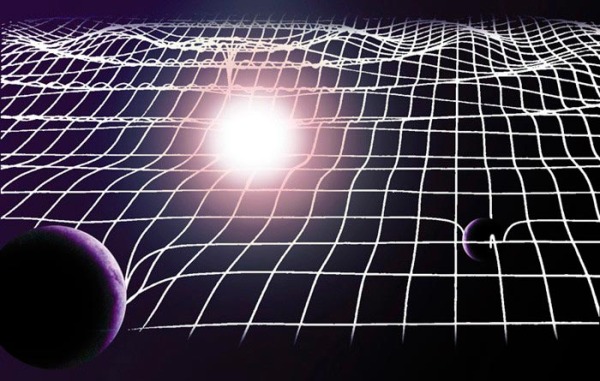“We… are what happens when a primordial mixture of hydrogen and helium evolves for so long that it begins to ask where it came from.” -Jill Tarter
But that doesn't mean we can't also look to the hydrogen itself, and use its information to learn about where other things may have come from!
An extraordinary example of this -- including what's possible, if not yet practical -- comes from looking at the 21-cm emission line of hydrogen, a forbidden transition with the smallest inherent line width of all!
In principle, what could we learn? Come find out!
More like this
"Find a place inside where there's joy, and the joy will burn out the pain." -Joseph Campbell
"Reality is what kicks back when you kick it. This is just what physicists do with their particle accelerators. We kick reality and feel it kick back.
"Because philosophy arises from awe, a philosopher is bound in his way to be a lover of myths and poetic fables. Poets and philosophers are alike in being big with wonder." -Thomas Aquinas
"Science is the only self-correcting human institution, but it also is a process that progresses only by showing itself to be wrong." -Allan Sandage



Thanks for that! (insert lightbulb over head emoji here)
I've done a ton of spectroscopy over the years, and never gave any thought to why emission lines smeared. Uncountable little doppler shifts makes so much sense!
We… are what happens when a primordial mixture of hydrogen and helium evolves for so long that it begins to ask where it came from.” -Jill Tartar
Nit: It's Jill Tarter
http://en.wikipedia.org/wiki/Jill_Tarter
I'm having some difficulty in understanding the grav. wave/hydrogen emmision experiment here on earth. Maybe someone can help
- I can understand that grav. wave will make the line wider, but if I understood correctly, this will happen only if the photons are affected by grav. wave in the first place. i.e. observing a spectra of a distant star where you have two neutron star binary in between you and the star you observe.
- on earth you are taking "vanilla" hydrogen, cooling it down, shinning a light through it, and observing the emission lines. But there is no grav wave present. This is what I don't understand. If a grav wave passed through earth, then i.e. LIGO would detect it as well, no? What I'm trying to say is that, if this is a detector, then ok, but we already have those. Maybe this can give more sensitivity then laser interferometry, but nothing of that kind was mentioned.
There's another way to understand the text possibly.. that grav. wave from early universe left an imprint on ALL hydrogen in the universe. Then I could understand why this would be so novel and unique, but then I don't understand how can grav. wave that happened i.e. 13 bil. years. ago.. and is long gone, influence the photon created just now from electron transition in my lab?